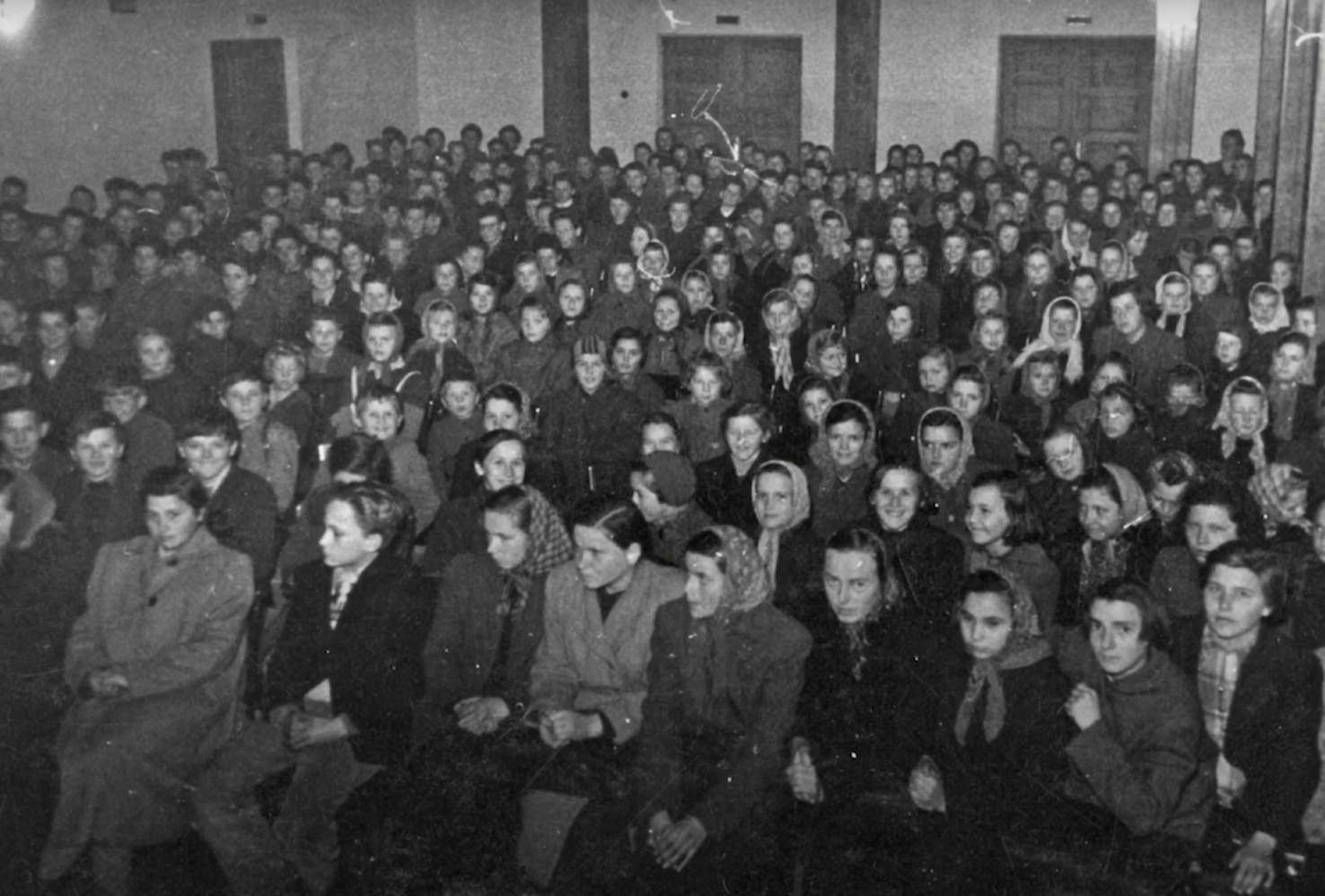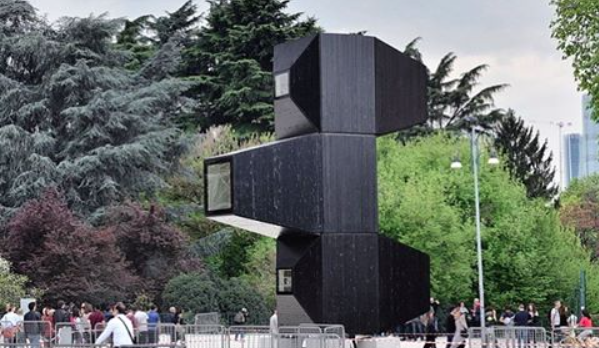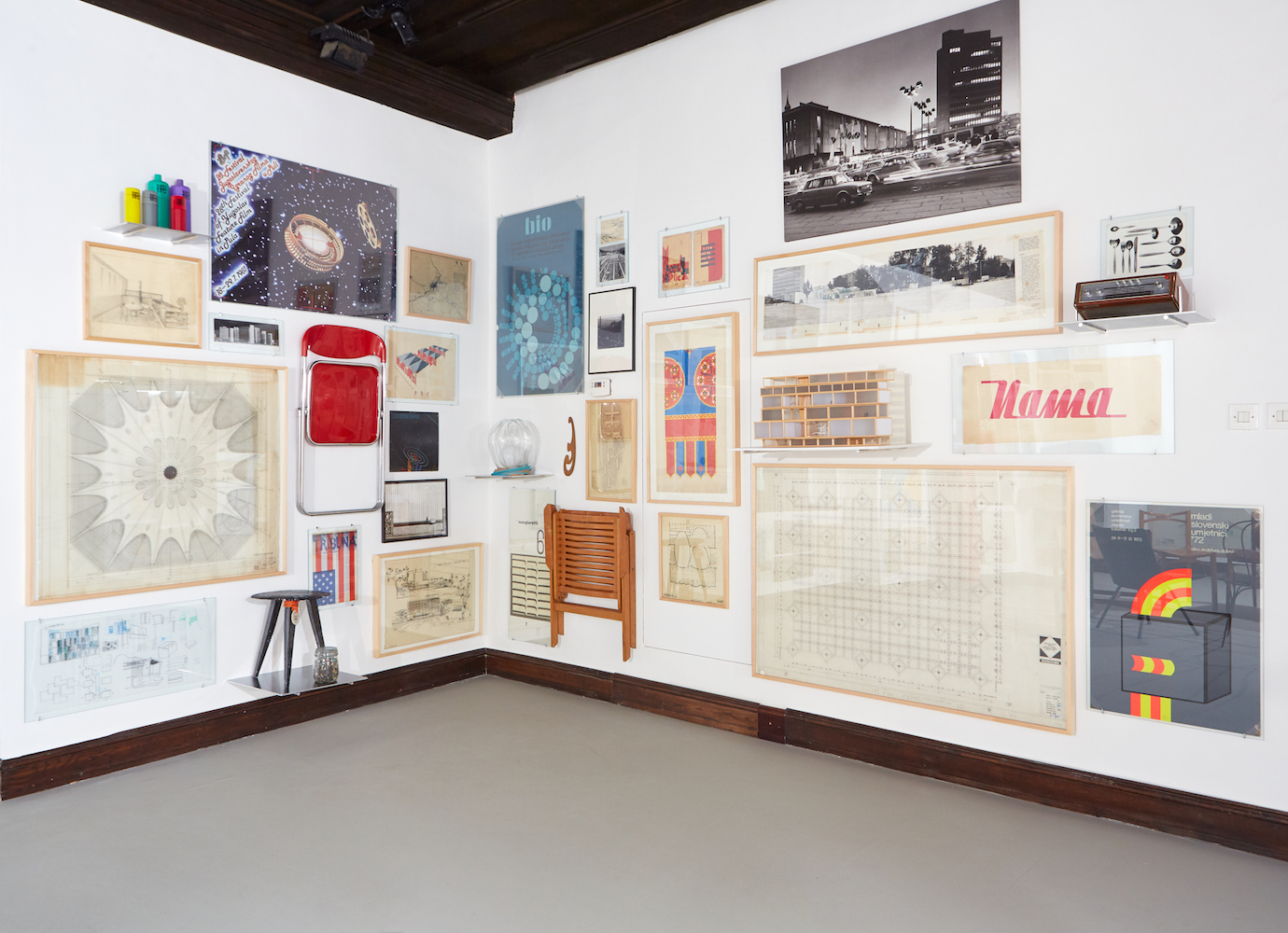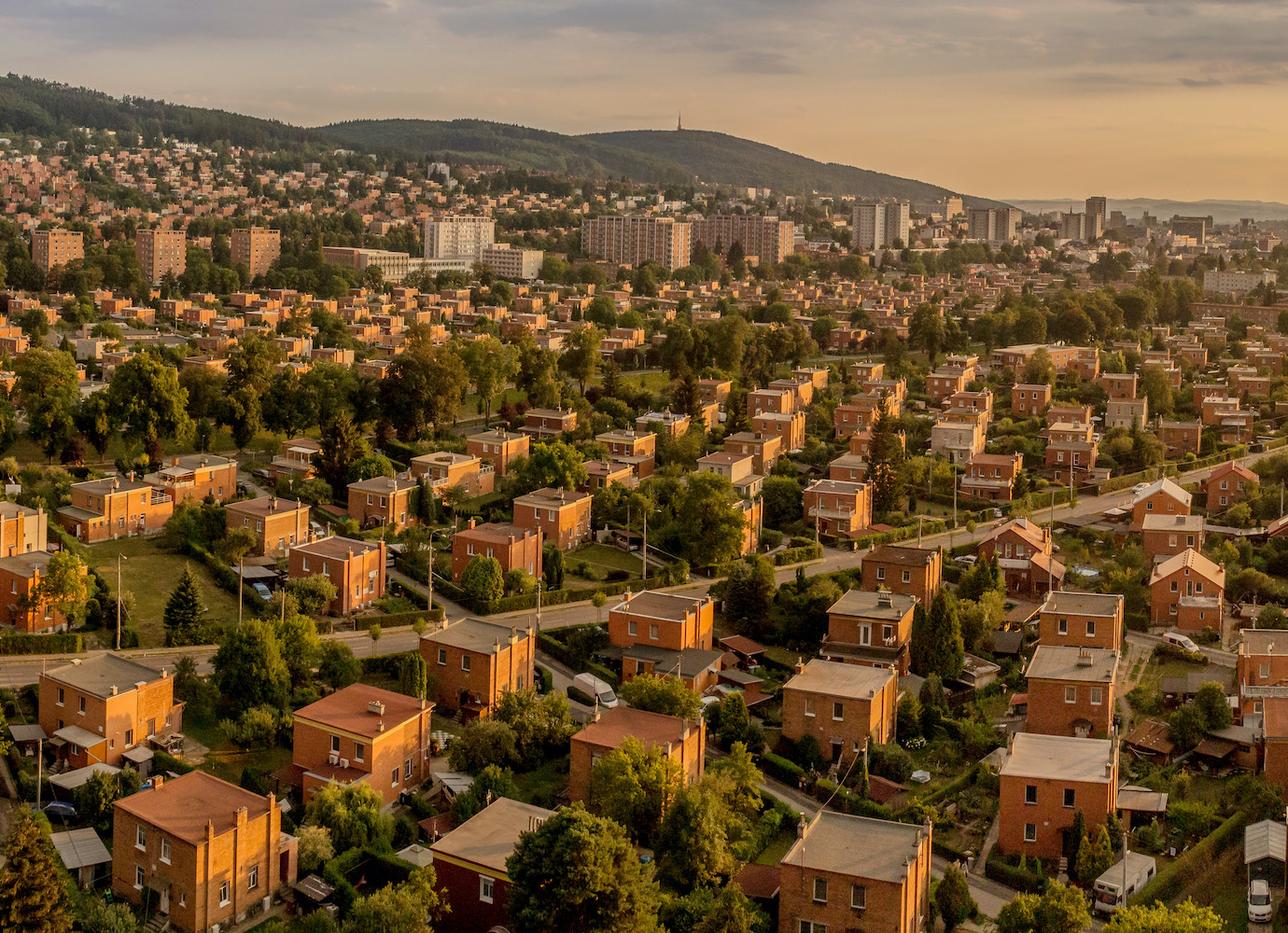Step inside the socialist co-ops that built communities in rural Slovenia

Slovenia’s pavilion at the Venice Biennale of Architecture is set to explore the history and contemporary relevance of Yugoslav-era cooperative buildings.
Curated by Blaž Babnik Romaniuk, Martina Malešič, Rastko Pečar, and Asta Vrečko, The Common in Community analyses the drive to build thousands of so-called cooperative buildings in Yugoslavia in 1947.
The co-ops were used as administrative and economic centres, but also hosted cultural events and gatherings; while they reinforced party-dictated hierarchies, they also fostered more beneficial social relations too. Out of the thousands of co-ops built across the whole of Yugoslavia until 1991, some 300 centres were opened in Slovenia, largely in rural areas. Many of the buildings are still used to this day, for concerts, discos, plays, as well as gyms.
“Today, exploring the subject of cooperative centres offers us the chance to better understand the ways in which indoor public spaces can be set up as social infrastructures that have the potential to foster free interaction and association, communication and empowerment,” the curators say. “How important they are for society only becomes that much more obvious when we are deprived of the possibility to participate and associate.”


